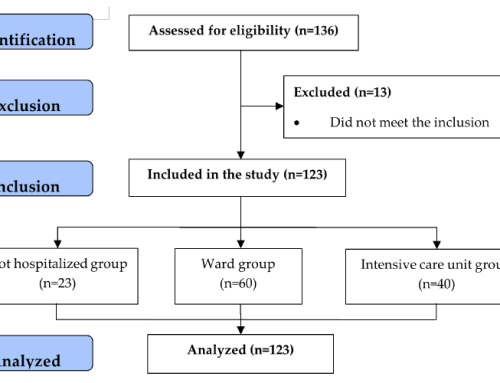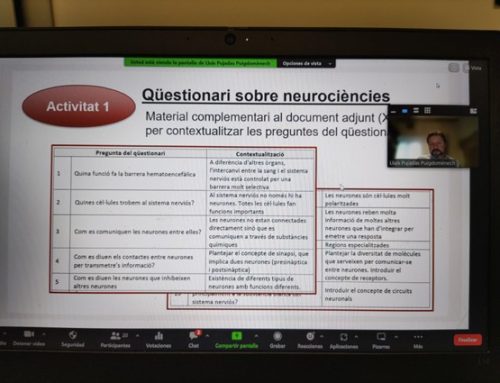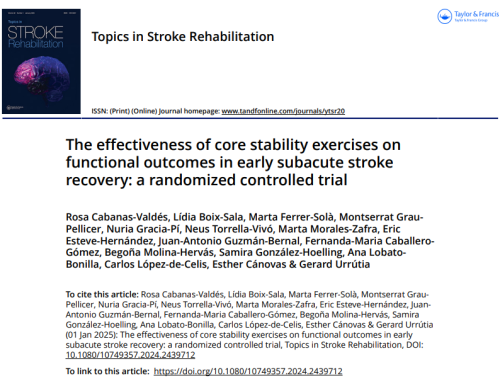
Oozing: An accessible technique to create 3D-printed scaffolds suitable for tissue engineering
Authors: Juan Crespo Santiago, Luis M. Delgado, Rafa Madariaga, Laia Millan, Oriol Chico, Pau Oliver, Román Pérez, Marta Otero Viñas
Abstract
Tissue-engineered constructs require mimicking the extracellular matrix microenvironment of native tissue for better promoting cell growth. Commercial three-dimensional (3D) printers provide a versatile platform to fabricate tissue models,but they possess certain constraints regarding the reproduction of natural tissue structures due to the limited functionality of current slicing strategies and hardware. In this study, we present a new approach to 3D-printing polylactic acid (PLA) constructs with fibers in the range of microns by combining the oozing effect and algorithm-aided design (AAD) with a conventional fused deposition modeling printer. Three different oozing geometries were compared with two controls to explore their mechanical behavior and their cellular culture growth potential. Microscopic analysis revealed that oozing groups possessed higher porosity and statistically significantly thinner fibers than controls. Sodium hydroxide treatment reversibly increased the hydrophilicity ofPLA without affecting the scaffolds’ mechanical properties in the compression tests. In addition, cell culture assays showed that oozing specimens exhibited a greater capacity of promoting SaOs-2 osteoblastic cell proliferation after 7 days in comparison with controls. We demonstrated that randomly distributed microfibered environments can be fabricated with an ordinary 3D printer utilizing the oozing effect and advanced AAD, resulting in improved biomimetic 3D constructs for tissue-engineering strategies.
Keywords: Oozing; 3D printing; Tissue engineering; Cell cultures; Polylactic acid












Leave a Reply